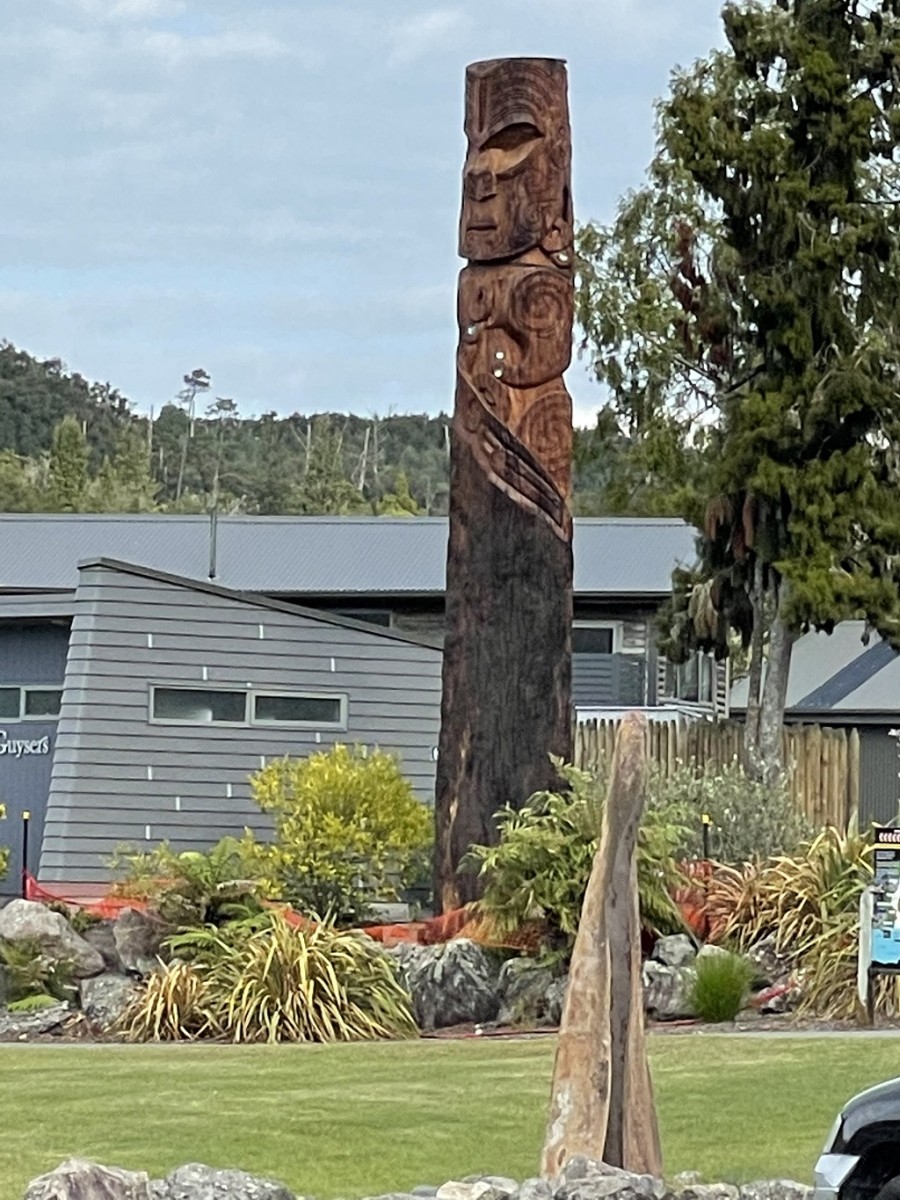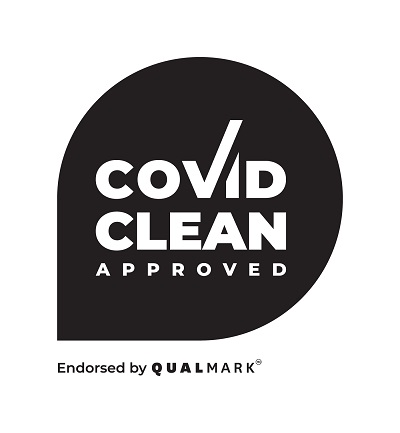History
The Story of Orakei Korako
Overall Summary
Our iwi, Ngati Tahu-Ngati Whaoa, is known as a river people. Our rohe from Te Waiheke o Huka to the south, we extend east to our pouwhenua at Ngapuketerua beyond the Rangitaiki River then northward across the plains of Kaingaroa to Wairapukao and further onto Pekepeke. From here, we extend onto our northern pouwhenua at Maunga Kakaramea, turning west to the Paeroa Range and onto Orakei Korako “Place of Adorning” on the banks of the Waikato River, the birth place and principal papakainga of Ngati Tahu-Ngati Whaoa. From Orakei Korako, we extend further west to Pohaturoa, an ancient pa site.
From the arrival of our tupuna Ariki Tahu Matua, Ngati Tahu-Ngati Whaoa have maintained mana whenua and mana whakahaere through continued occupation.
In the past, the Waikato River and tributaries were used extensively; both permanent and temporary kainga, cultivations and food harvest areas were established. The natural resources were utilised, especially geothermal, which provided warmth and hot springs for bathing. Ngawha for natural cooking and preserving, and sites for ritual purposes and healing. Freshwater resources were utilised to gather Mahinga kai, during this time was plentiful and techniques were used to preserve and store. Other important traditional food sources were gathered from forests.
Wahi tapu and historical sites of significance to the iwi are found throughout the rohe, alongside the river and waterways, on high hilltops and in areas of native forest and pine forestry.
Our taonga have great cultural significance to our iwi, and we want to see them prosper under our care. Our role and responsibility as Kaitiaki are to manage and protect our whenua, natural resources and taonga. This is demonstrated through restoration, revitalisation and enhancement planting projects, education and wananga. The history is shared through information panels, on kohatu placed at significant sites within our rohe. Various reports and reading material are available which contain both historical and current information important to Ngati Tahu-Ngati Whaoa.
Orakei Korako
 Orakei Korako “Place of Adorning” on the banks of the Waikato River, the ukaipo (birthplace) and principal papakainga of Ngati Tahu-Ngati Whaoa. Tahu Matua travelled the lands in the rohe; it is here he placed himself. The area was abundant in kai sources, geothermal resources and in an ideal location situated on the banks of the Waikato River.
Orakei Korako “Place of Adorning” on the banks of the Waikato River, the ukaipo (birthplace) and principal papakainga of Ngati Tahu-Ngati Whaoa. Tahu Matua travelled the lands in the rohe; it is here he placed himself. The area was abundant in kai sources, geothermal resources and in an ideal location situated on the banks of the Waikato River.
Orakei Korako has been an important settlement site of Ngati Tahu for many generations. The settlement of Orakei Korako consisted of a fortified pa on the left bank above the river and a living area on the flats beside the river amidst the geysers and hot pools.
Ngati Tahu-Ngati Whaoa has a historical, cultural and contemporary association with geothermal resources within our traditional rohe. Such resources were used for cooking, drinking, bathing and healing. Large kainga and cultivations were often established around these taonga such as at Orakei Korako, Ohaaki and Waiotapu.
The geothermal landscape has changed over time, but the geysers, hot springs, bubbling mud pools and silica terraces remain within the geothermal park. Our taonga have cultural significance to our iwi, and under our care we ensure to remain kaitiaki of our whenua, natural resources and taonga. As kaitiaki ensuring to protect and restore this area is important to Ngati Tahu-Ngati Whaoa.
The Arrival of Europeans
The earliest known route from Rotorua to Taupo for early European travellers passed right through Orakei Korako. Tangata Whenua provided a 'waka' (dug out canoe) for the river crossings, and in the early 1900s the geothermal area was established as a visitor attraction. A traditional style waka was used to transfer visitors across the then-swift Waikato River until the 1930s.
Tourist Resort Opened
In April 1937, a Rotorua company called 'Orakei Korako Ltd' obtained a 21-year lease with the right of renewal for another 21 years. The road was improved for motor traffic, and a punt ( a wire strop and pulley system fastened to a small barge) was used to transport visitors across the river.
Orakei Korako was officially opened as a tourist resort 15 December 1937. In late 1950, construction began on the Ohakuri Dam - the Southern Hemisphere's largest earth dam of its time. Ohakuri (Cloak of the Dog) Dam was finished in 1961, and is what you ferry across to reach Orakei Korako today. Although the cave and thermal park now cater to a large number of both domestic and international visitors, Orakei Korako still retains the beauty and serenity that it has always been known for.





